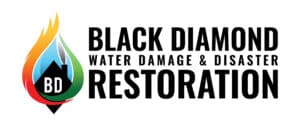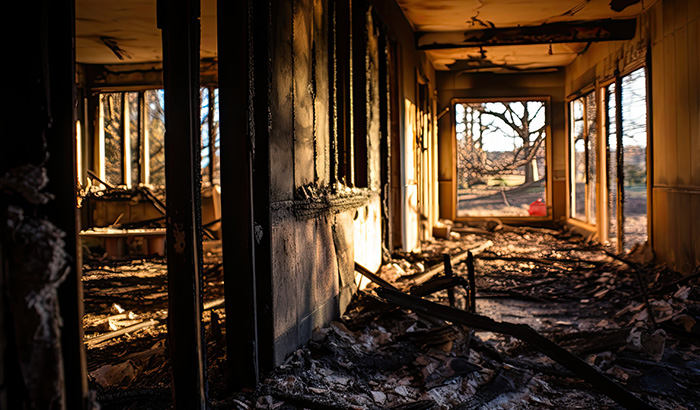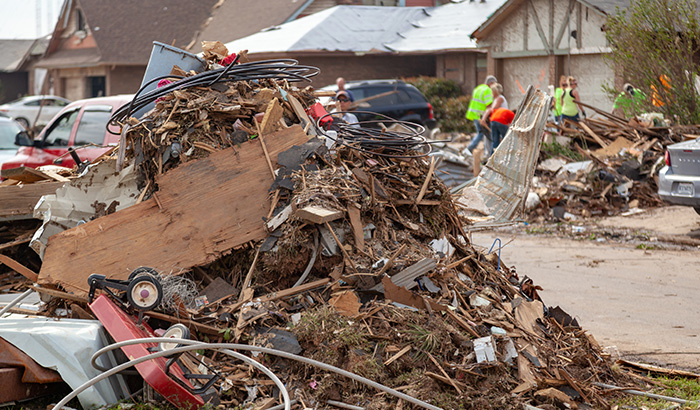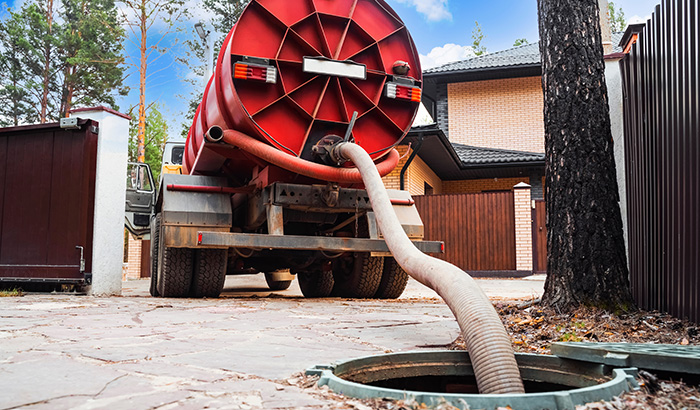
9 Common Utah Disaster Restoration Services You May Need
When unfortunate events occur, disaster recovery companies are crucial for a speedy and efficient cleanup. Today’s blog explores eight common Utah disaster restoration services you’ll need when disaster strikes.









